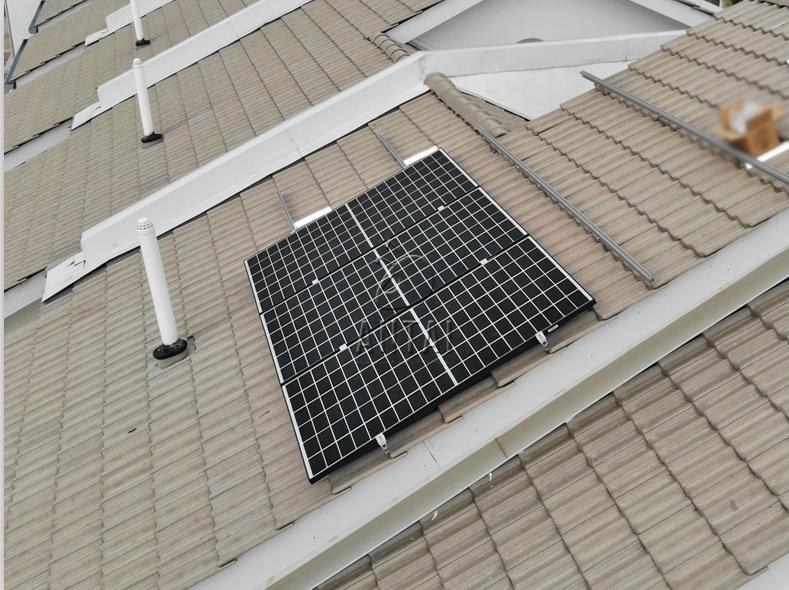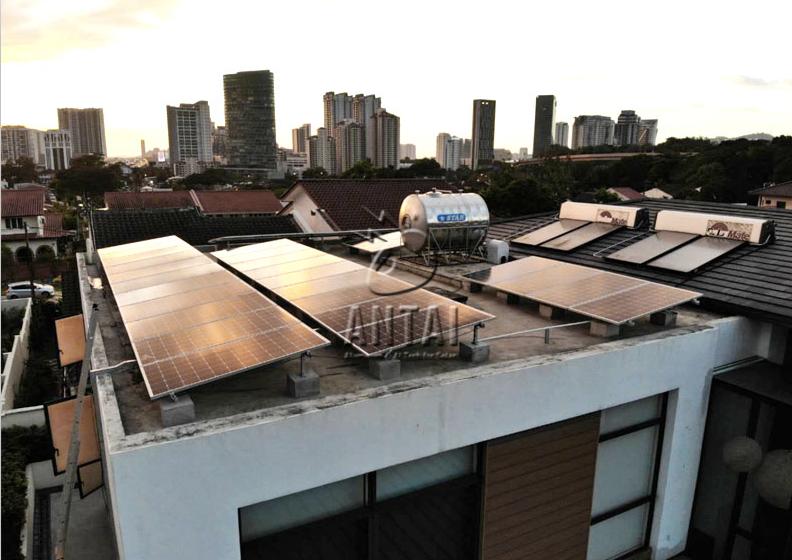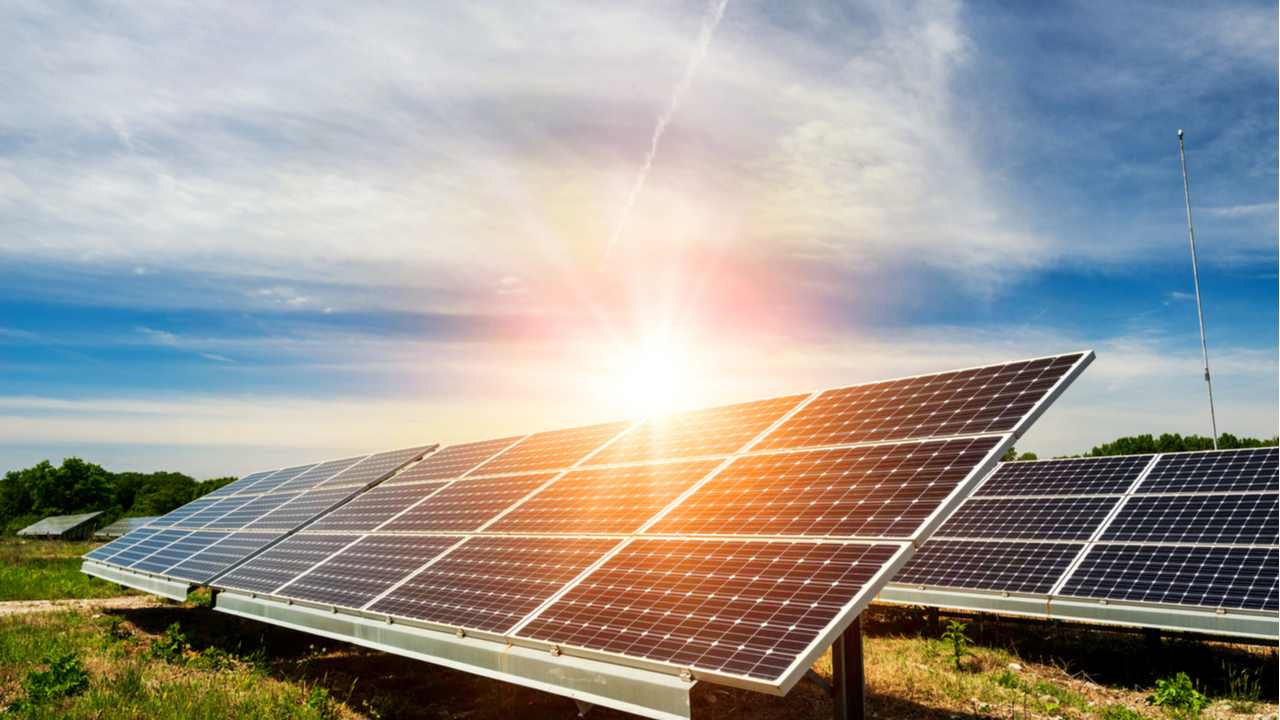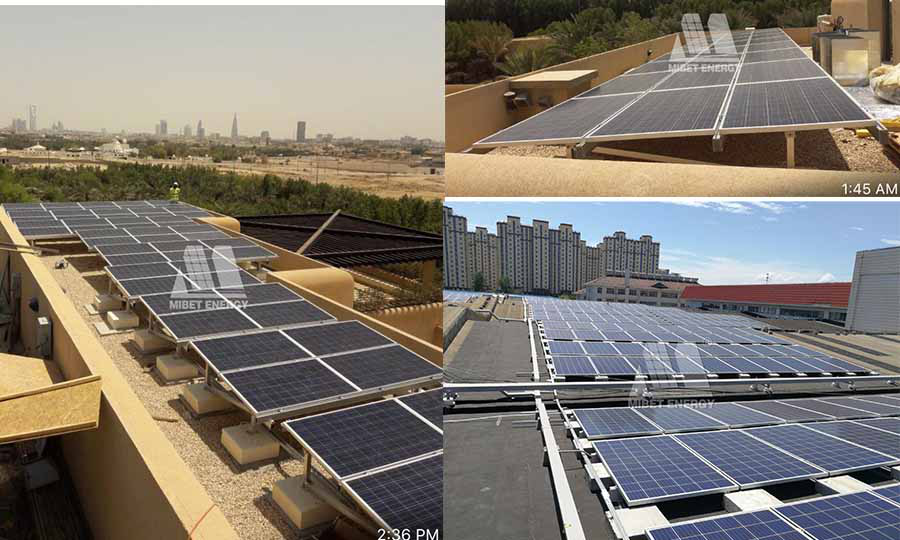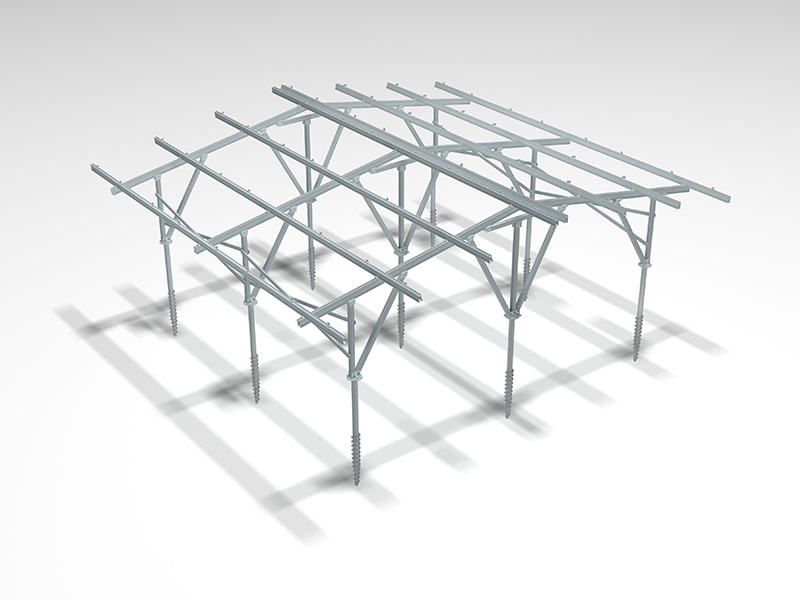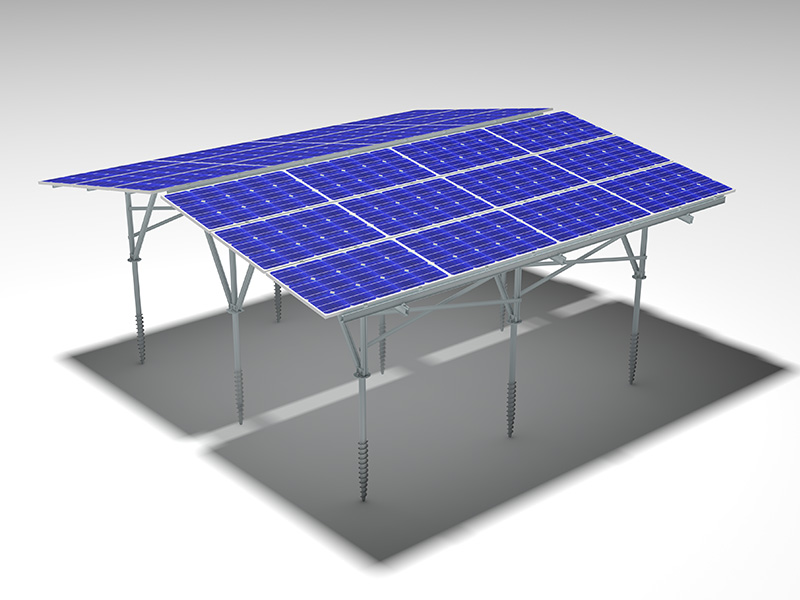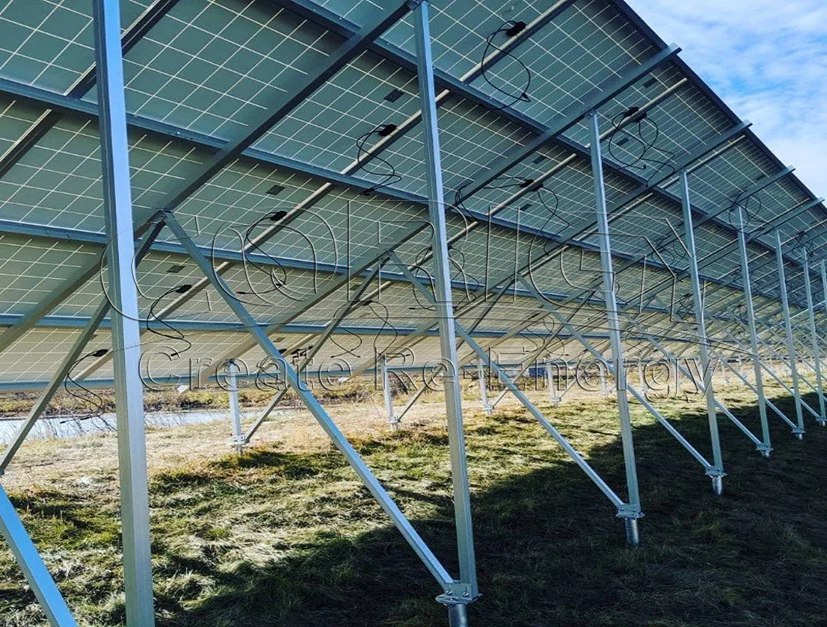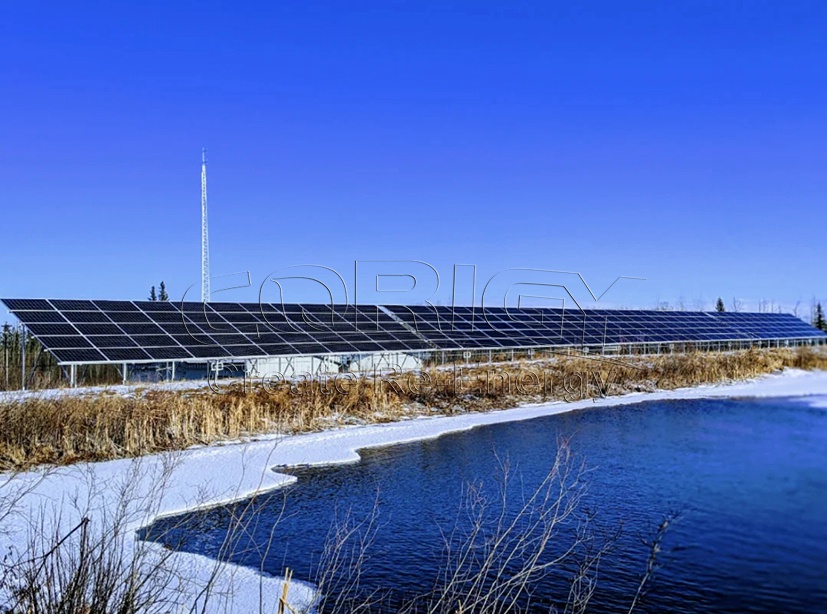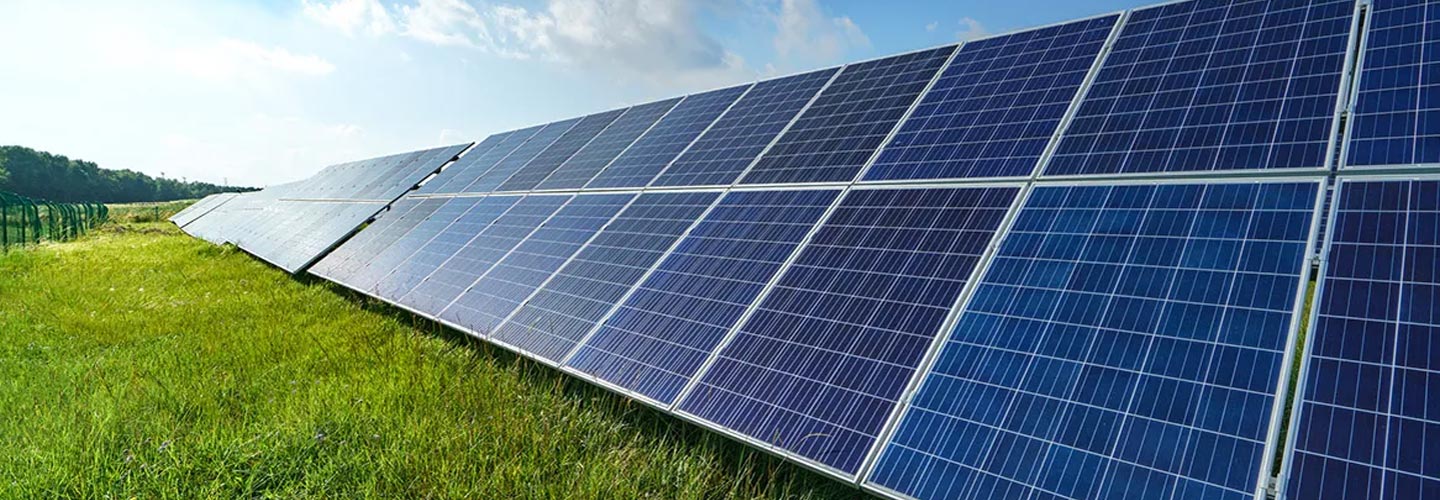
Is that possible that one day the world could be completely reliant on solar energy? To answer this question, we first need to examine how solar panels work.
Solar panels (also known as PV modules) are the core component of the solar power system. It directly influences the power efficiency of the solar power plant. A single solar panel consists of many small PV cells. Each cell is made of crystalline silicon, which can work as a semiconductor. When solar panels are exposed to sunlight, they convert sunlight energy into electricity.
Solar panels consist of smaller units called solar cells. The mainstream solar cells are made from Silicon. It is a semiconductor that is the second most abundant element on Earth. A solar cell is sandwiched between conductive layers. Each silicon atom is connected to its neighbors by four strong bonds which keep the electrons in place so that no current can flow. What’s the key? A silicon solar cell has two different layers of silicon, N-type silicon has extra electrons and P-type silicon has extra spaces for electrons, called holes. Where the two types of silicon meet, electrons can wander across the P/N junction, leaving a positive charge on one side and creating a negative charge on the other.
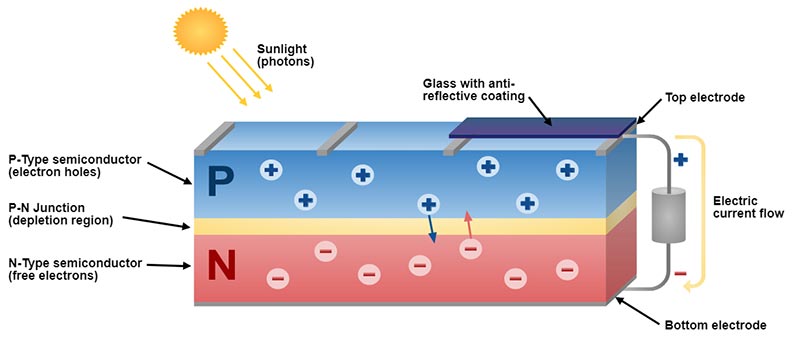
You can think of light as the flow of tiny particles called photons, shooting out from the sun. When one of these photons strikes the silicon cells with enough energy, it can knock an electron from its bond, leaving a hole. The negatively charged electrons and location of the positively charged holes are now free to move around. But because of the electric field at the P/N junction, they’ll only go one way. The electron is drawn to the N-side, while the hole is drawn to the P-side. The mobile electrons are collected by thin metal fingers at the top of the cell. From there, they flow through an external circuit, doing electrical work, like powering a light bulb, before returning through the conductive aluminum sheet on the back. Each silicon cell only puts out half a volt, but you can string them together in modules to give more power.
You can read more about the specifics of the how solar panels work in this blog post if you want to learn more.
Currently, there are three types of solar panels in common according to the PV cells: monocrystalline solar panels, polycrystalline PV modules, and thin film solar panels.
A monocrystalline photovoltaic panel is made of high-purity monocrystalline silicon rods, which are widely used in the photovoltaic industry and have a high photoelectric conversion rate; the four corners of monocrystalline PV cells are rounded, and their color is nearly black; besides, the crafts of monocrystalline cells are more complex and thus the cost is higher.
Polycrystalline photovoltaic modules component of polycrystalline solar cells arrayed in various series and parallel configurations. The four corners of the PV cells are square. Moreover, it is colored sky blue, and the cost of the poly solar panel is lower compared to mono panels.
The thin-film solar panel is made of thin films of semiconductors deposited on glass, plastic, or metal. The films are incredibly thin, often 20 times thinner than c-Si wafers. This makes thin-film solar panels flexible and lightweight. It has high power efficiency under certain situations, like under shading or high temperature.
Solar power is getting better, cheaper, and competing with the electricity from the grid. And innovations, like Topcon cells and HJT cells, may bring solar panels a brighter future.
